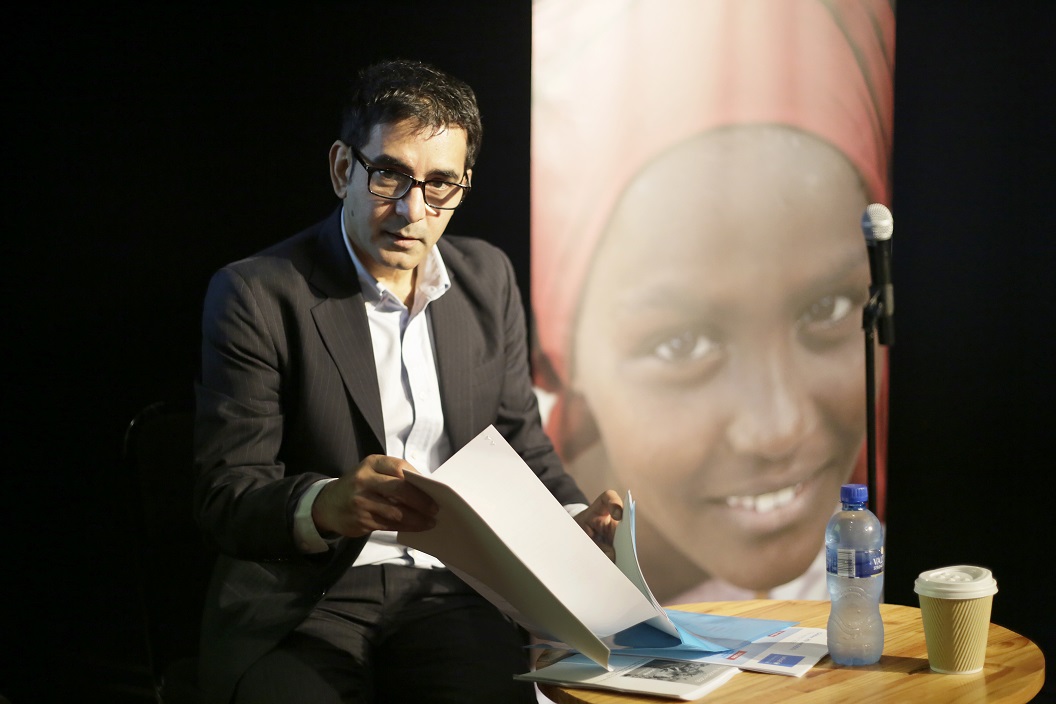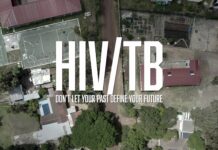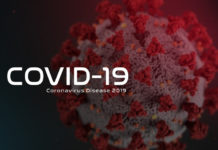
Around 80 adolescents will die of AIDS-related illnesses every day by 2030, if current trends continue. This is according to UNICEF’s latest report, Children, HIV and AIDS: The world in 2030, which was released in Johannesburg today, ahead of World AIDS Day. By MOSIBUDI RATLEBJANE.
The report notes that the number of children and adolescents dying from AIDS-related causes will decline from a current 119,000 to 56,000 by 2030. However, it also calls for an urgent scale-up of HIV treatment among these age groups, as the downward trajectory isn’t fast enough.
UNICEF’s deputy chief of HIV programming, Dr Shaffiq Essajee, said at the launch on Thursday, “if current trends continue by 2030, there could be 34% fewer children and adolescents aged between zero and 19 living with HIV globally.”
“Although significant work has been done in much of Southern Africa, more focus must be placed in other countries in Western and Eastern Africa,”Essajee said.
He adds the balance of new infections could tilt to the West and Central region of Africa if HIV prevention, treatment and care services are not scaled up there.
An estimated 1.9 million children and adolescents will still be living with HIV by 2030, mostly in Eastern and Southern Africa (1.1 million) and West and Central Africa (84,000).
Participating in the media launch panel, HIV activist, Saidy Brown, said the narrative that unprotected sex is the only cause of HIV infections needs to change, to decrease stigma around sex and HIV. She also pointed out that HIV interventions must take into account the impact that poverty has on the ability of an HIV-positive person to access treatment. She said some people stop taking their medication, because they have no food to take it with.
The report recommends nine approaches to address the persisting gaps in testing, treatment and prevention services affecting children and adolescents.
- Digital platforms to improve HIV knowledge,
- Biomedical interventions for HIV prevention in adolescents,
- Other emerging biomedical innovations,
- Family-centered testing,
- Point-of-care testing,
- Peer support for improving access to HIV services and retention in care,
- Adolescent-friendly services,
- “Cash + care”, and
- Targeted community outreach for adolescents.
Watch the launch of the Children, HIV and AIDS: The world in 2030 report here:
Featured image by Sebabatso Mosamo








